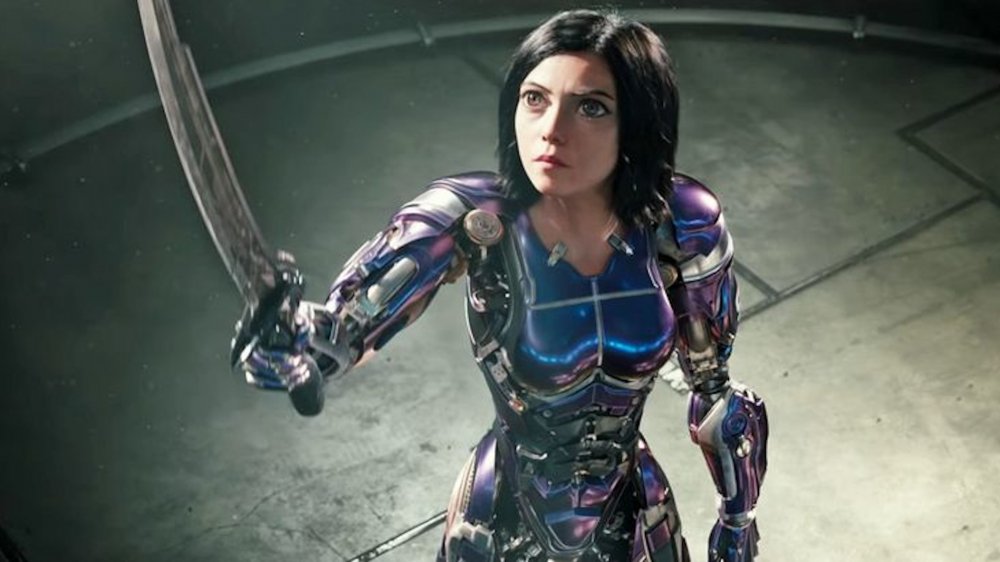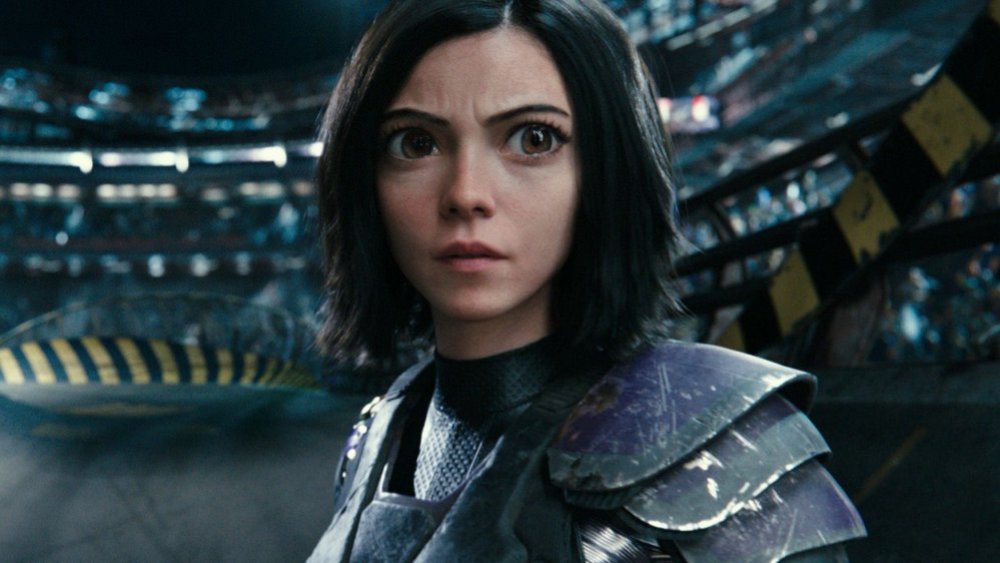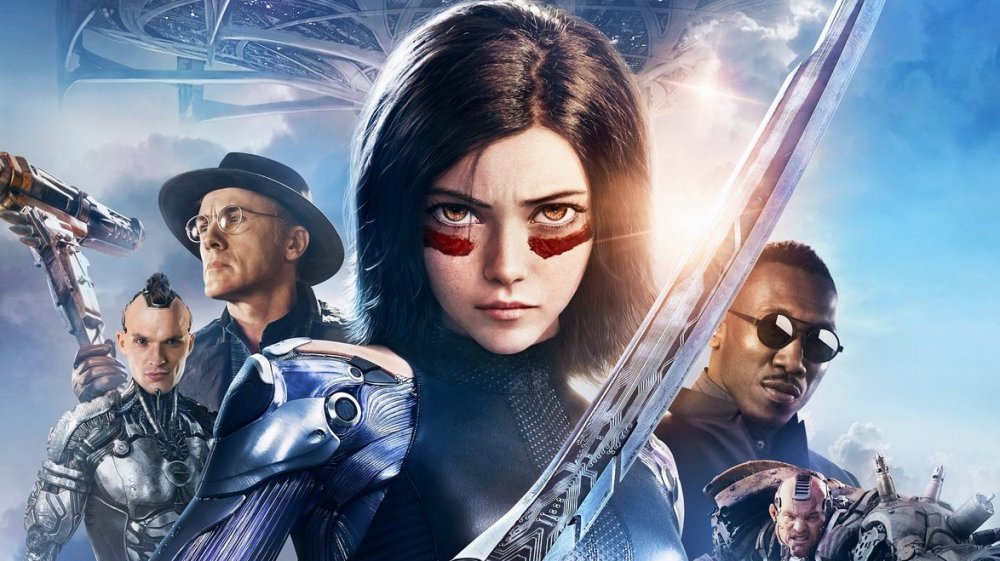How Close Is Alita: Battle Angel To The Original Anime?
When James Cameron finally gave up his dream of directing his long-dormant Alita: Battle Angel adaptation, it made sense that he would tap a director with experience converting comics into live-action to take over for him at the helm of the 2019 film.
Robert Rodriguez's 2005 movie Sin City and its 2014 sequel are both faithfully adapted from Frank Miller's comic series of the same name, to the point at which Miller even has a directing credit on both movies. For Alita, Rodriguez had multiple sources from which to draw inspiration: Both the original 1990 Battle Angel Alita manga and the 1993 anime adaptation, Battle Angel.
A side-by-side video put together by Matt Skuta, who does these for film adaptations from many different media, places many of the shots from the film next to their inspiration from the anime, making it easy to see where shots have been cribbed and how the property was updated for its jump into live-action and the 21st century.
Bringing Alita's Iron City to life
Alita: Battle Angel's Iron City may be futuristic, but it's meant to feel like a real location in a way Sin City's stylized Basin City, with its comic book aesthetic full of stark black backgrounds and slashes of light, didn't have to. That means that in many of the places where the film version differs from the manga, it's to flesh out the setting.
Vistas extend a little further behind characters as they walk and talk, labs and offices are more crowded with equipment and furniture, and shots that might have been extreme close-ups are pulled back to show more of the surroundings. There's more going on, which makes the city feel more inhabited, but also removes a bit of the immediacy and focus on the characters. The stark framing of, say, Alita (Rosa Salazar) hugging her knees to her chest while silhouetted against a giant full moon is replaced by her holding a stuffed toy in her crowded bedroom.
The side-by-side also reveals the sacrifices that were made to earn the movie its PG-13 rating. Cyborgs still lose limbs and characters get bisected, but it's in a gentler, less gruesome manner. When the cyborg assassin Grewishka (Jackie Earle Haley) states his evil intent by turning his weapons on a dog, the violence that happens off-screen in the film version is shown in gory, visceral detail in the anime. That's a change that wouldn't have had to be made for Sin City, but leaving it that way would have made Iron City feel like a very different place.
Shuffling the chronology of Battle Angel Alita
Even toned down, it's easy to see the influences of the anime on many of Alita: Battle Angel's fight sequences ... but not all of them. Some of the film's biggest set pieces, the kinetic and violent Motorball contests that allow all of Iron City to witness Alita's physical prowess, never appeared in Battle Angel. It covers only the first two volumes of the manga, before Alita takes up the sport. While the movie retraces much of that same plot, Cameron and Rodriguez shuffled the chronology to get her involved in Motorball earlier and give the movie's action a different flavor than the series of cyborg brawls it borrows intact from the anime.
At least, they're mostly intact. The film's roster of cyborg combatants is mixed and matched from the anime, with many of the minor villains taking on more than one part in the scheme to defeat Alita. Grewishka survives longer in the movie, battling Alita early on and returning at the end as protection for the villainous Vector (Mahershala Ali), a role originally filled by a new antagonist. Similarly, Zapan (Ed Skrein) fulfills the function of two characters: The original Zapan and the Hunter-Killer Clive Lee, which is similar to how he was written in the manga.
How the movie restores Alita's backstory
As was the case with Motorball, Alita: Battle Angel also restores some of the backstory that was lost in adaptation the first time around. The anime doesn't flash back to Alita's time as a soldier in the Terraforming Wars on Mars, doesn't mention the machine martial art Panzer Kunst, and makes no reference to the deadly Berserker body into which Dr. Ido (Christoph Waltz) eventually transfers her, which allows her to face and defeat her most dangerous foes. More details around Alita's past were fleshed out later in the manga, so the film doesn't provide all the answers, but leaves threads dangling for exploration in a possible sequel.
Should a sequel come to pass, the filmmakers will have sailed out beyond the outer limits of the anime, with only the manga to guide them. Luckily for them, and for fans of the franchise, that's a mode of adaptation with which Rodriguez has plenty of experience.


